Ralph Williams Jr. and USS LCI(L)-11 World War II Project
| My maternal grandfather, Ralph Scott Williams Jr. (January 24, 1922 – June 20, 1967), served in the United States Navy during World War II. According to family, he rarely spoke of the war. When he did, Ralph said he never saw action. After many years of research, his military records and personal items tell a different story. The purpose of this project is to tell his war story, and those of the men he served with, using the various records, pictures, and other items I’ve gathered. I hope that you find their stories interesting.
Before the war, Ralph participated in the Citizens’ Military Training Camp (CMTC) at Fort Benjamin Harrison in Indianapolis, Indiana. He was in Company I during the summer of 1939. Ralph graduated from Wellston (OH) High School on May 21, 1940. From December 1941 to October 1942, he installed equipment for the Western Electric Company in Columbus, Ohio. Ralph and his parents, Ralph Sr. and Ruth, lived at 1498 Genessee Avenue in Columbus at the time of his enlistment. This site is a work-in-progress. I am adding more material weekly and still working on the layout. Many thanks to the following people for contributing to this project: John Onufer Jr., John Hardy, Robert Shearn, Chris Davis, Terry Kaiser, Charlyn Davis, Virgilio Cajipe, Daniel Huard, Sue Knapp Riley, Annie Pelle, Nancy Bekkering Palmer, Roslynd Fuller, Gordon Bauschka, Jeff Cole, Tracey Cole Pisarski, Francie FitzHugh, Connie Chesnik, Mayor Judy Johnson, Wanda Phillips, Jerry Bradford, Joe Logan, William Kazupski, Anne Cady, Anne Sears, Wayne Osborne, VDR, Byron, Lester Letson, Gary Boughton, Kathi Swan, Caryn, Janis Franco, Kim Cowdrey, Louise Pfeiffer, Ray Sanford, Bill Silliman, Mannie Dalton Crone, Jim and Cheri, Sue Edwards, Phillip, Gregory McCullough, Jill Brandenburg, Margaret Sweet, Barb Bohn, SFC Frank Irons Sr., RMLeahy, Gia Hays, Dr. James M. Owston, Linda Crumpton, K, Michael Norris, and Leroy Higley. Without all of you, this project would not have been possible. If you have any comments or questions, please contact me. Enlistment, Training, and Deployment | Tunisia Campaign | Allied Invasion of Sicily | Operation Avalanche | Operation Shingle | Operation Overlord | Back to the States Using various sources, including the U.S. World War II Navy Muster Rolls, I have gathered information on the crew of USS LCI(L)-11. Please click on the above image to view a list of the men who served on USS LCI(L)-11. You can click on certain crew members to learn more about them. I’ve also produced a YouTube video dedicated to my grandfather, the USS LCI(L)-11 crew, and their families. Enjoy! |
| ENLISTMENT, TRAINING, AND DEPLOYMENT
August 4, 1942 September 23, 1942 October 21, 1942 Dog Tag: Ralph S. Williams; Service Number: 570-06-78; Tetanus Toxoid (Vaccination) Received 5/1944; Blood Type O; United States Naval Reserve; Religion: Protestant October 23, 1942 October 28, 1942 November 10, 1942 November 20, 1942 December 3, 1942 USS LCI(L)-11 arrives in Baltimore, Maryland for conversion completion at the Maryland Drydock Company. Conversion was completed on December 13, 1942. December 12, 1942 December 13, 1942 January 1, 1943 January 1 – January 3, 1943 January 15, 1943 January 16 – January 17, 1943 February 5, 1943 LCI(L) Flotilla Two moved back to Little Creek, Virginia to prepare for service overseas. February 10, 1943 February 15 – February 28, 1943 February 25, 1943 March 3 – March 23, 1943 March 26 – March 27, 1943 March 28 – May 22, 1943 May 5, 1943 May 21, 1943 |
| TUNISIA CAMPAIGN
May 25 – July 5, 1943 |
| ALLIED INVASION OF SICILY
July 9 – 15, 1943 August 15, 1943 |
| OPERATION AVALANCHE (ALLIED INVASION OF ITALY)
September 4 – October 12, 1943 November 1, 1943 |
| OPERATION SHINGLE (ALLIED LANDINGS AT ANZIO, ITALY)
January 22 – March 1, 1944 April 1, 1944 April 3 – 15, 1944 April 15 – 29, 1944 |
| OPERATION OVERLORD (D-DAY/BATTLE OF NORMANDY, FRANCE)
June 5 – 25, 1944 On June 6, USS LCI(L)-11, now part of LCI(L) Flotilla Eighteen, participated in the Neptune phase of Operation Overlord, approaching Red Beach, Utah Area, in the assault. Aboard USS LCI(L)-11 were 200 officers and men comprising elements of companies G and H of the 22nd Infantry Regiment, 4th Infantry Division, United States Army. The troops disembarked into three LCMs (Landing Craft, Medium) between 1000 to 700 yards from the beach, about one to one and a half miles to the left of their objective, in all probability due to the mine sweepers insufficient allowance for the set of the tide in their initial sweep. Heavy shelling of the beaches and assault area were observed, and the absence of enemy air activity was very noticeable. On the night of June 7, enemy bombing attacks were encountered and aerial mine laying activities were observed. No casualties or material damage was suffered by USS LCI(L)-11 and no ammunition was expended during the initial operation. Upon unloading troops, USS LCI(L)-11 was immediately assigned duties at the beach. For 13 days, it unloaded troops from merchant transports, towed pontoon causeways and Rhino ferries, and aided in carrying out lesser details assigned by LCH (Landing Craft, Heavy) #s 10 and 95. On June 19, USS LCI(L)-11 sailed for the United Kingdom and assisted in the far shore “Build Up” and engaged in the “Shuttle Program.” My grandfather “Performed… duties cheerfully, untiringly, efficiently, and courageously.” July 1, 1944 September 28, 1944 October 1944 October 2 and 4, 1944 November 3, 1944 November 4, 1944 |
| BACK TO THE STATES
December 28, 1944 January 4, 1945 March 1, 1945 March 9, 1945 April 5, 1945 April 11, 1945 May 9, 1945 May 11, 1945 May 15, 1945 May 27, 1945 August 23, 1945 November 16, 1945 November 19, 1945 March 17, 1947 November 20, 1949 May 2, 1951 USS LCI(L)-11 earned five battle stars for her World War II service. |
Brian Davis – Christine (Williams) Davis – Ralph Scott Williams Jr.

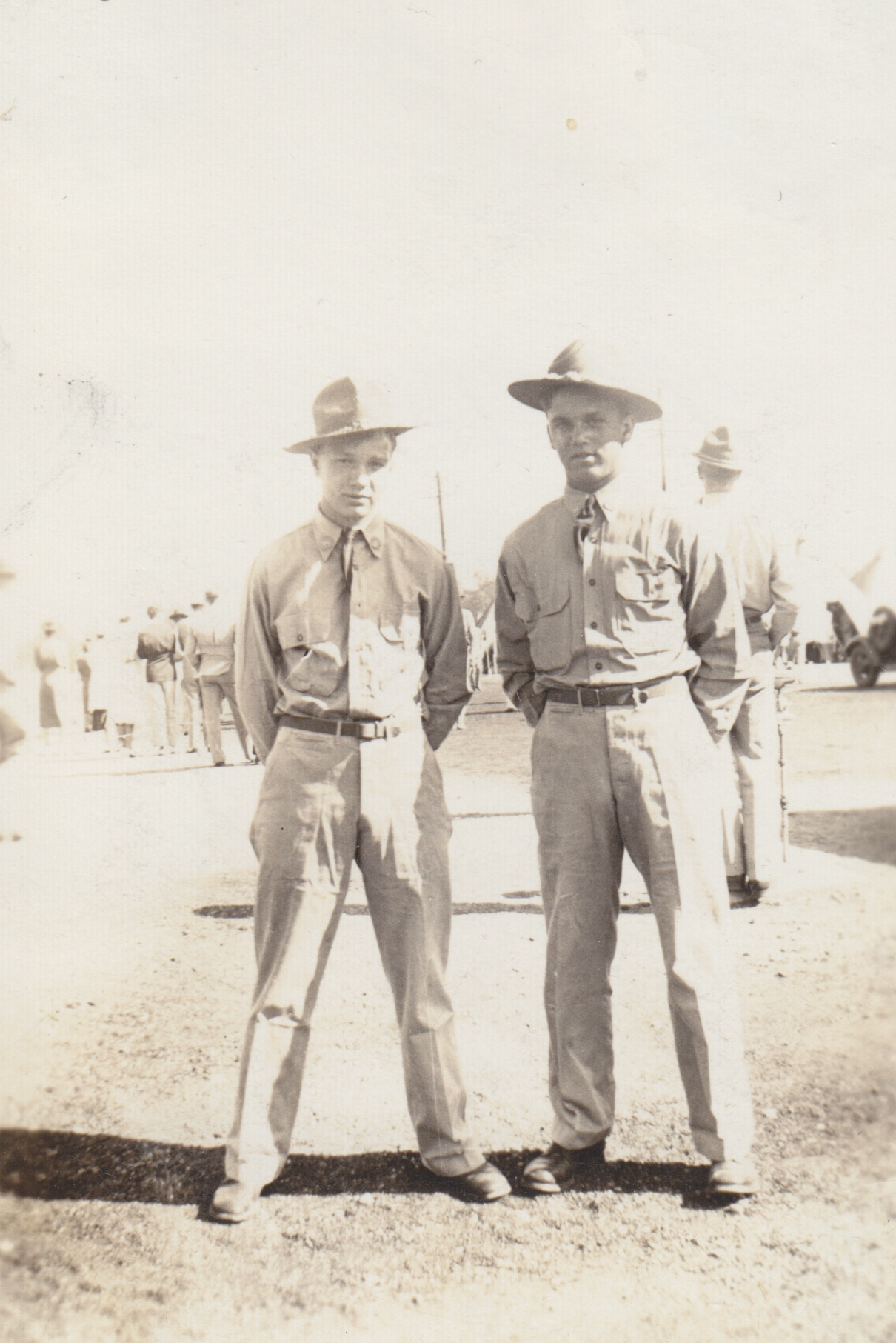
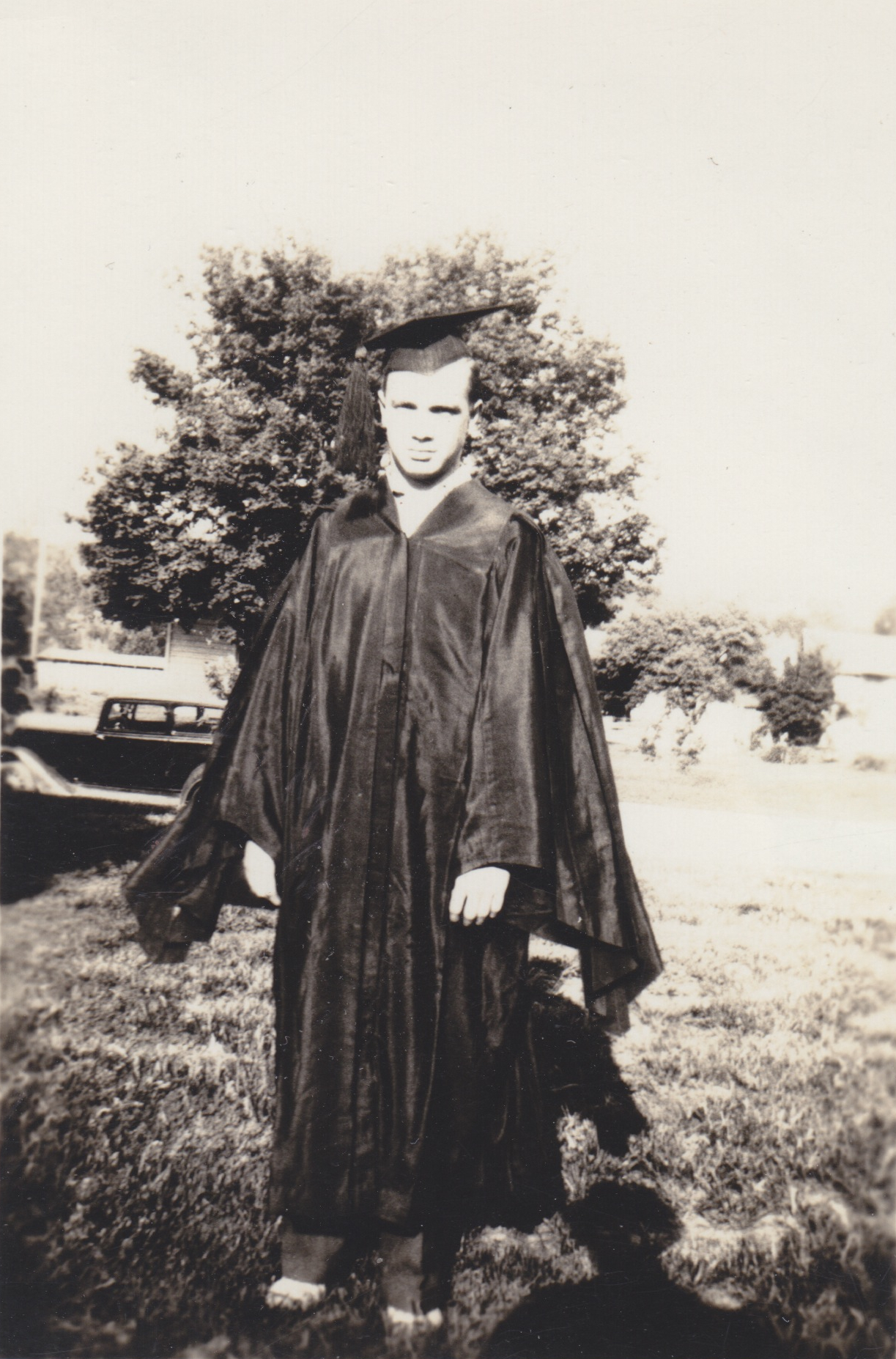
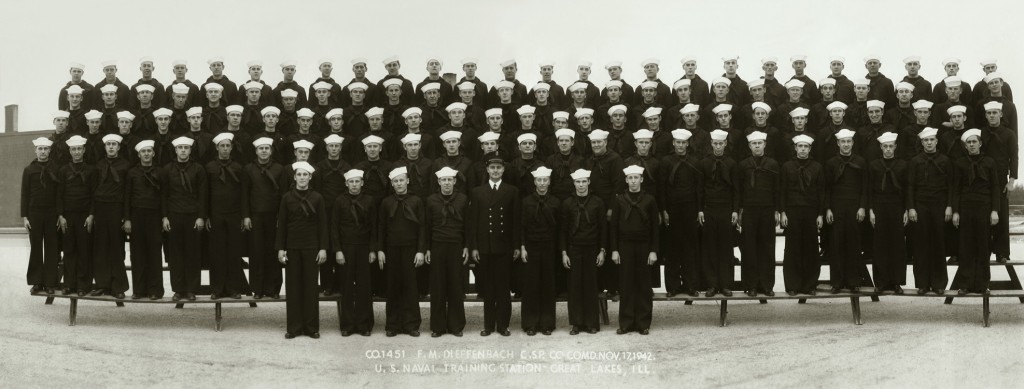
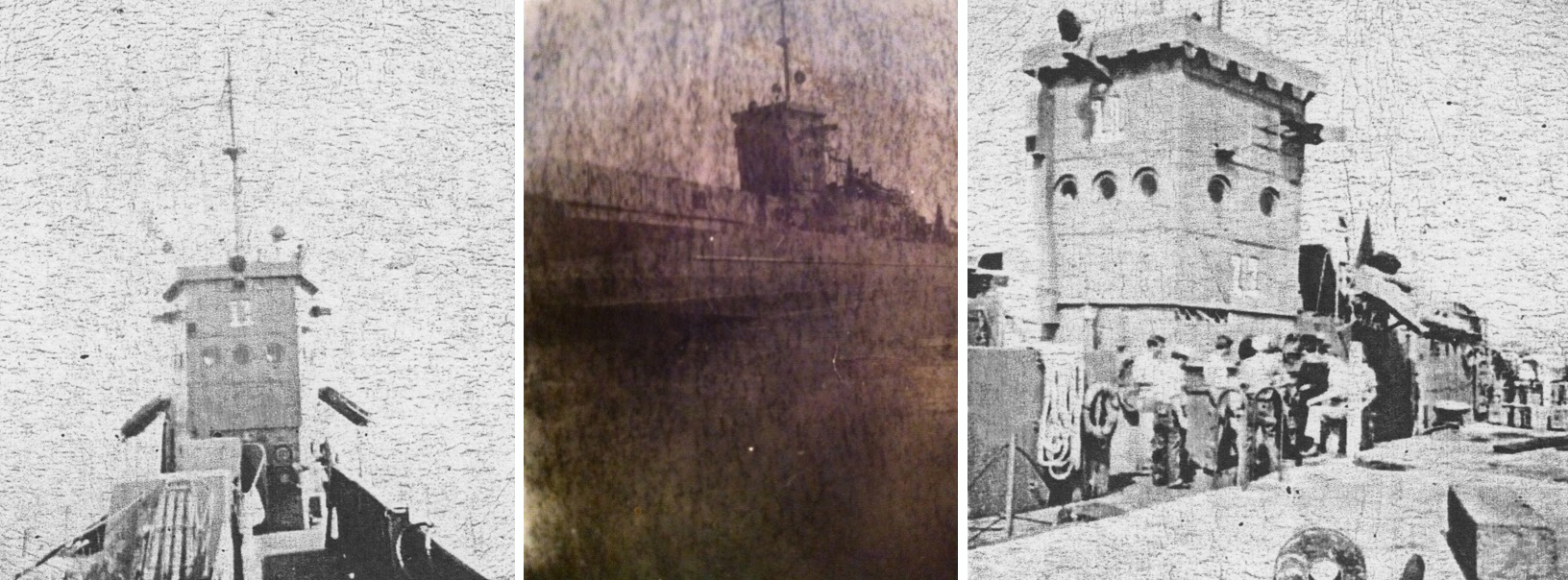

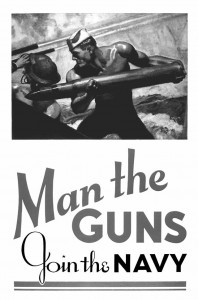
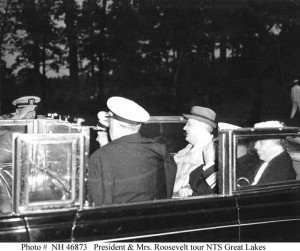
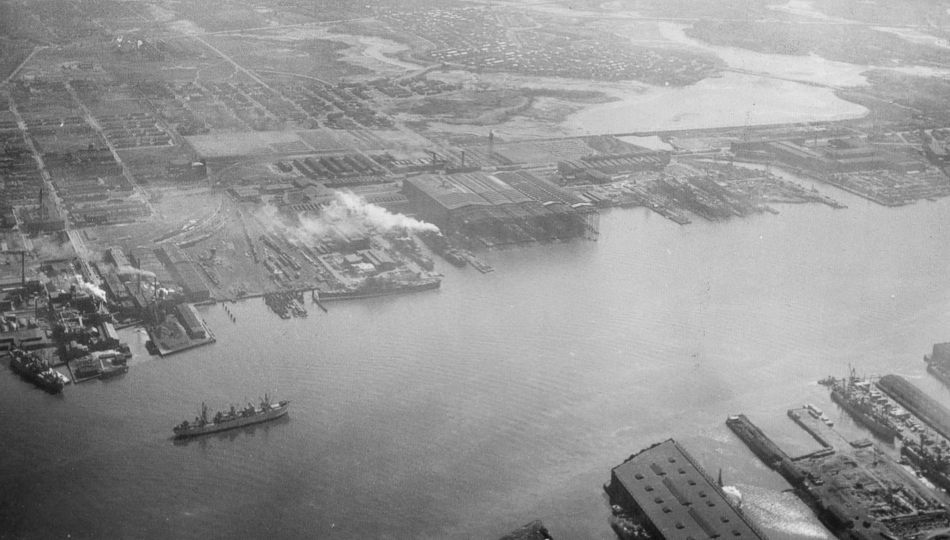
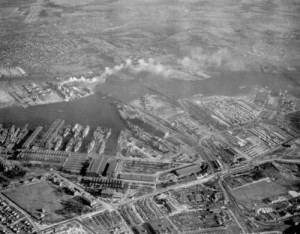
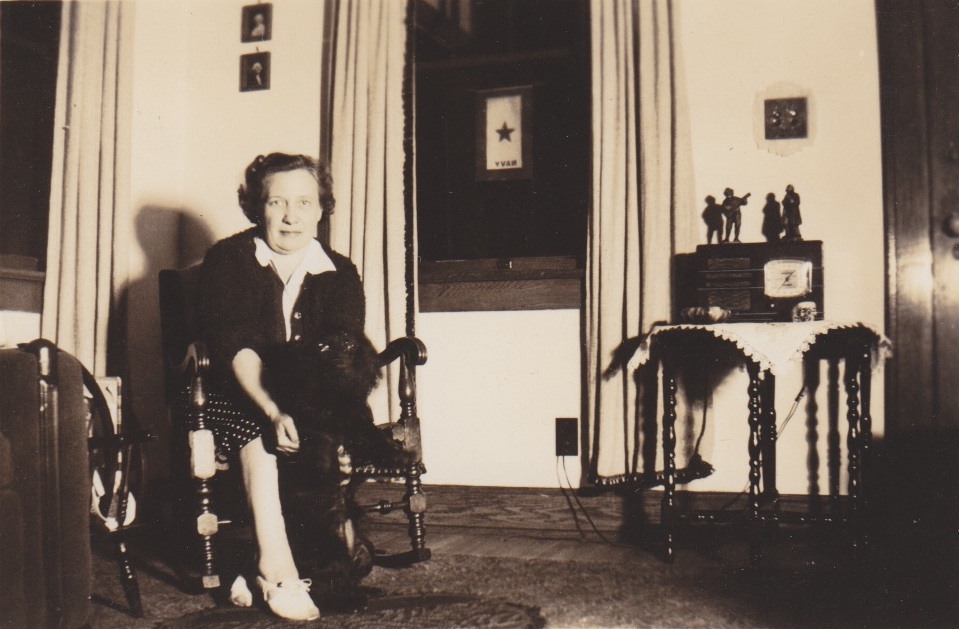

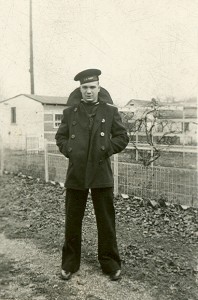
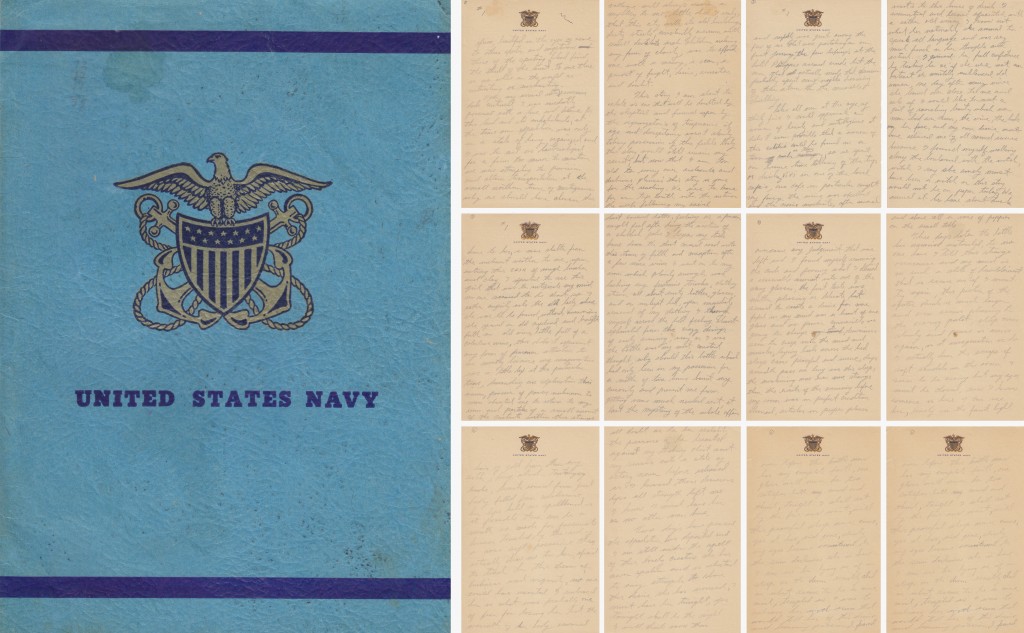
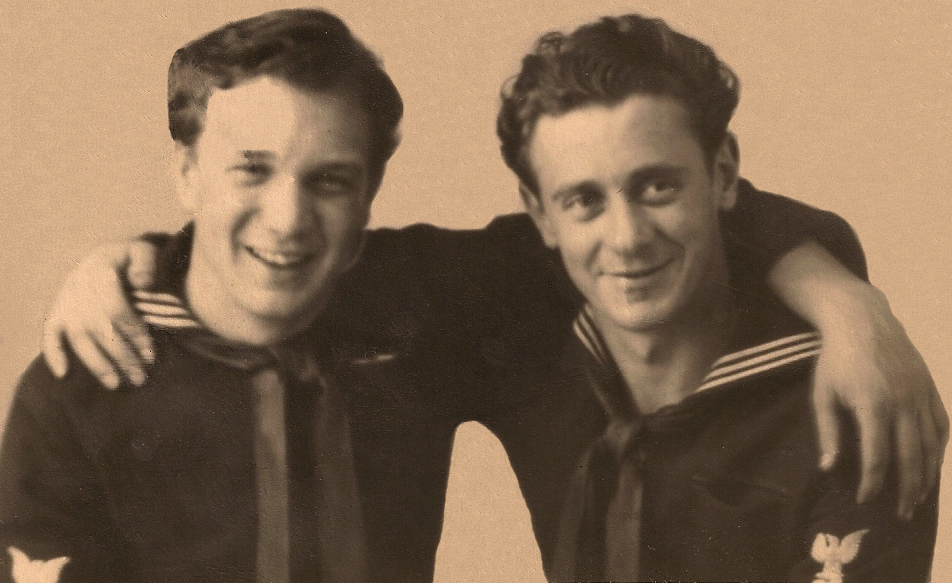
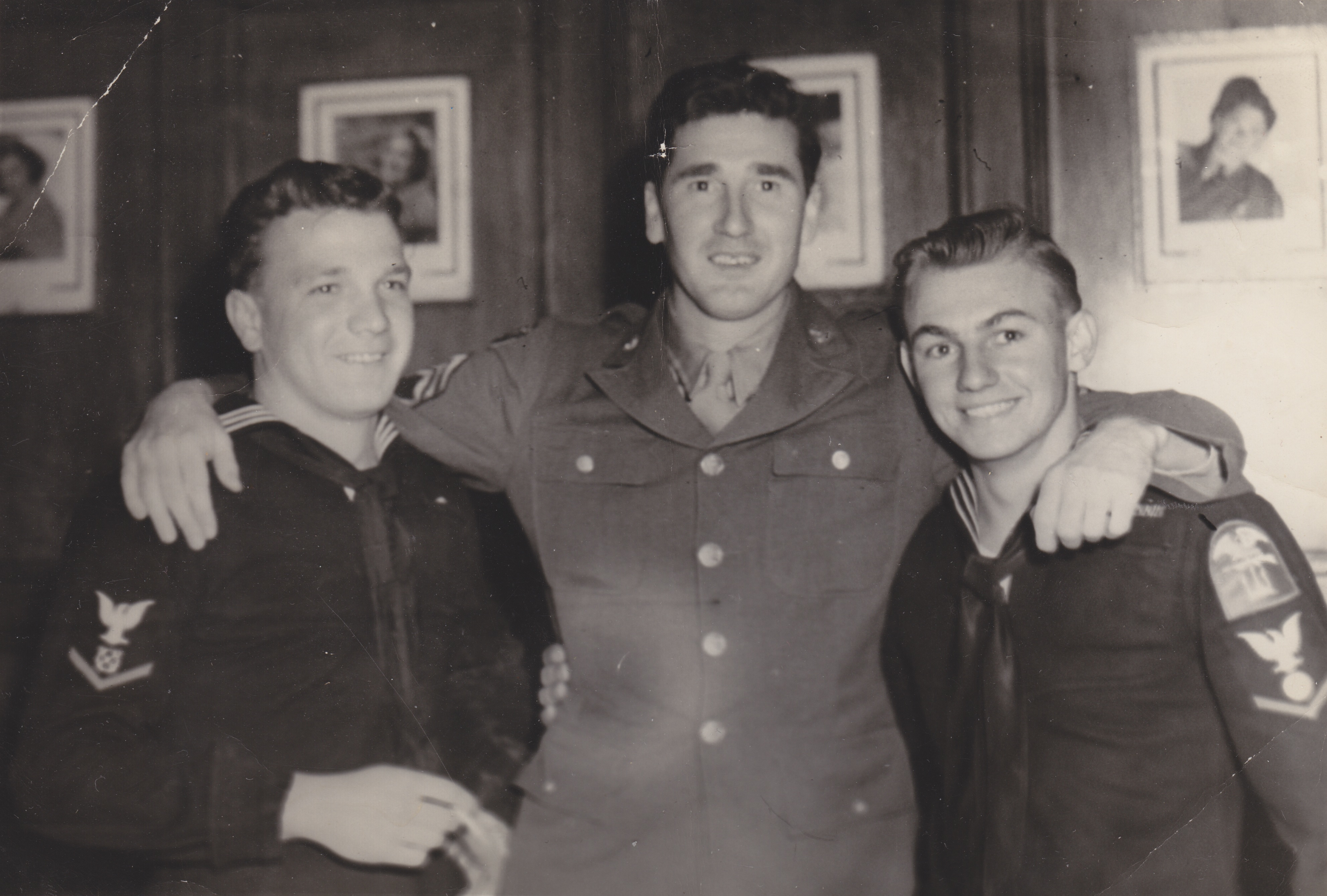

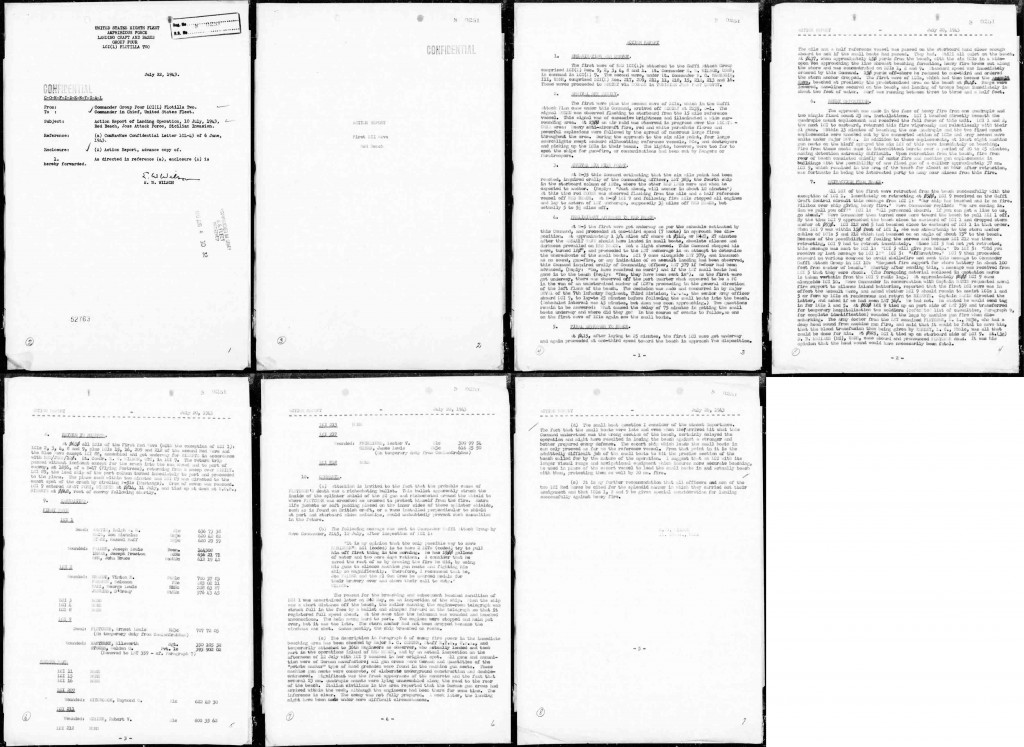
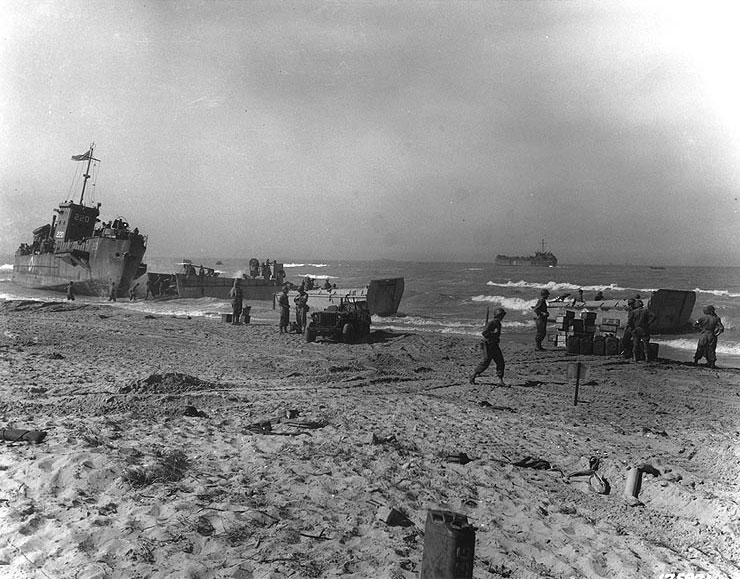
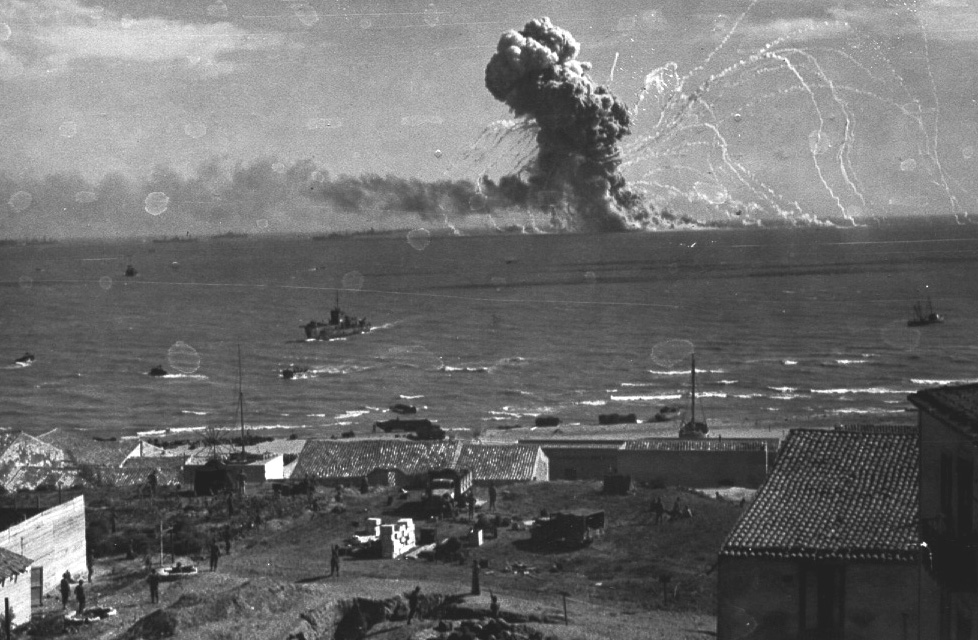
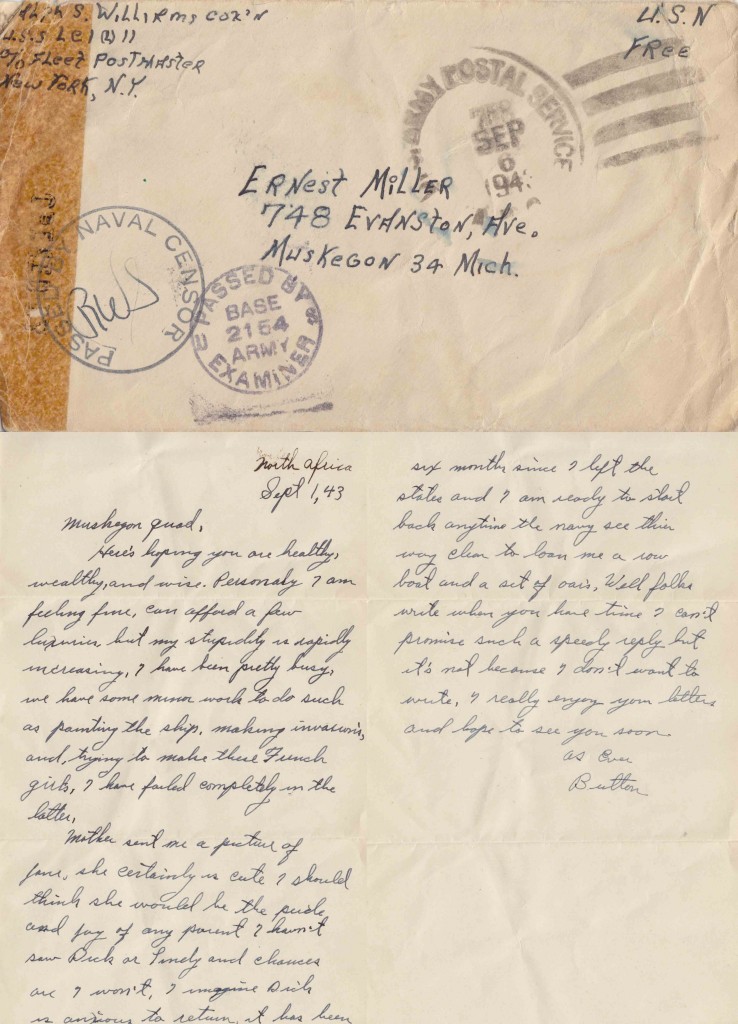
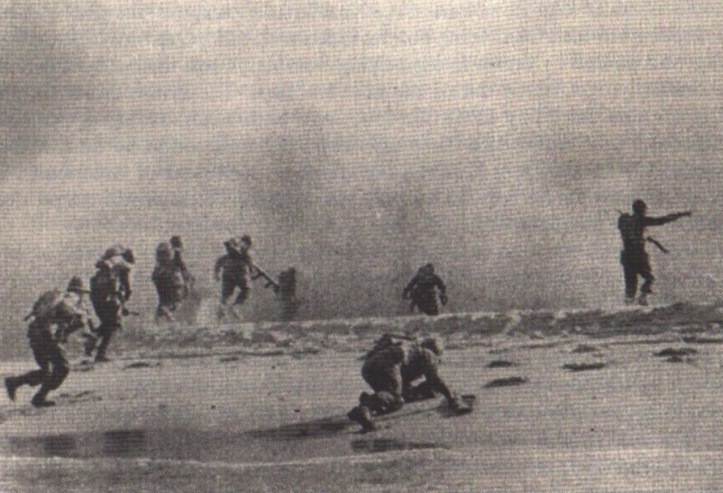
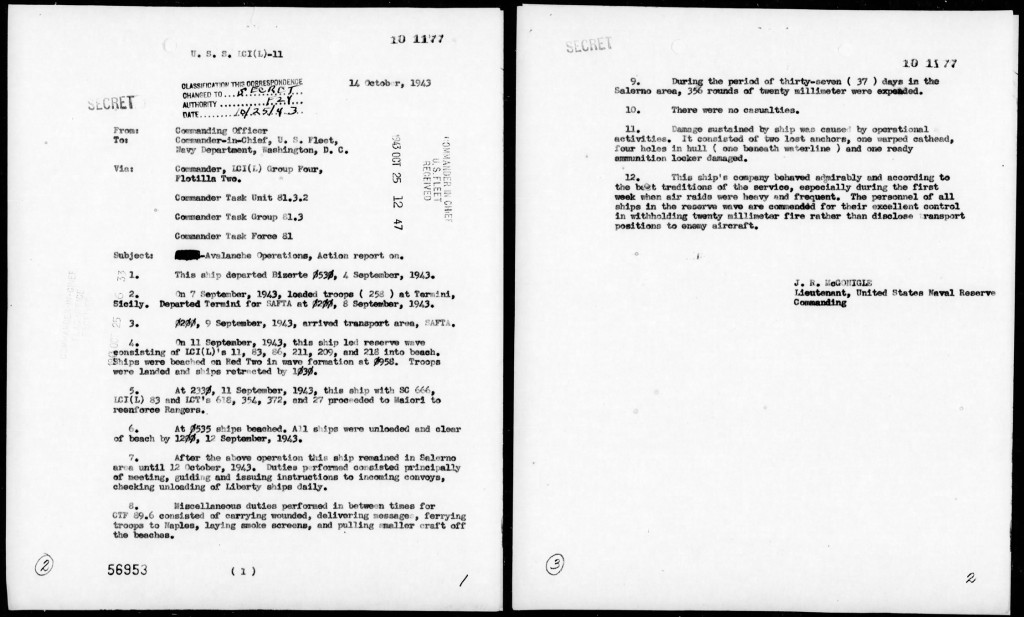
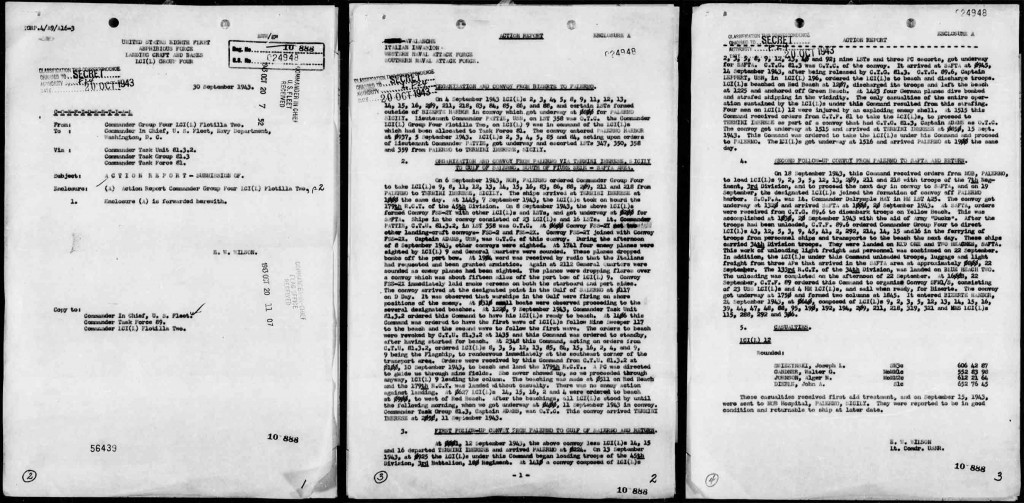
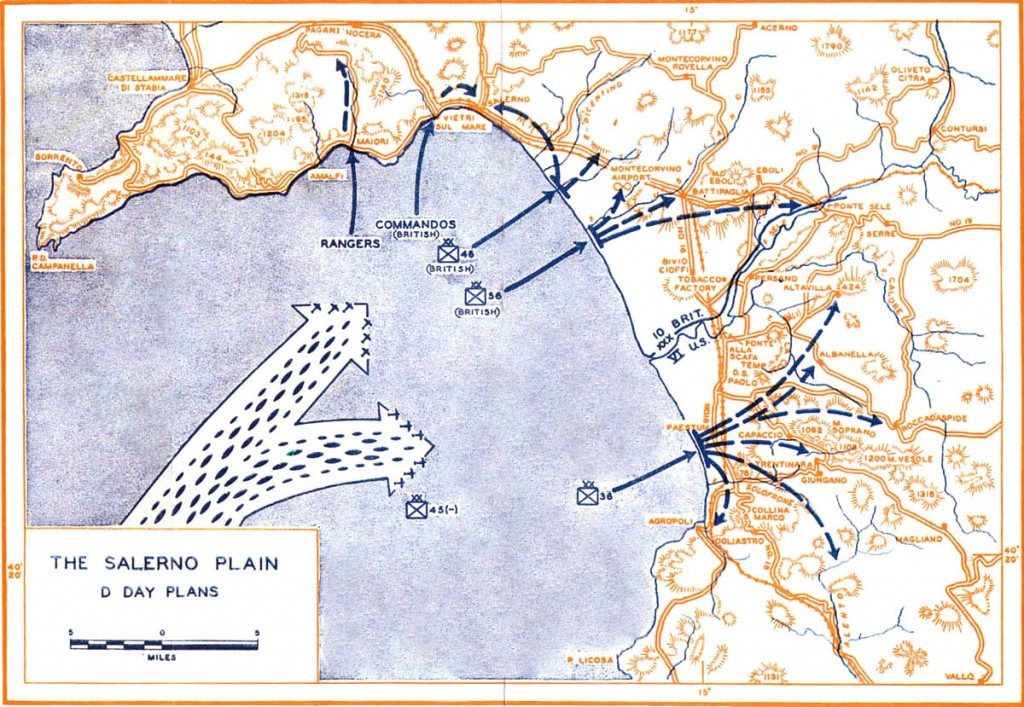
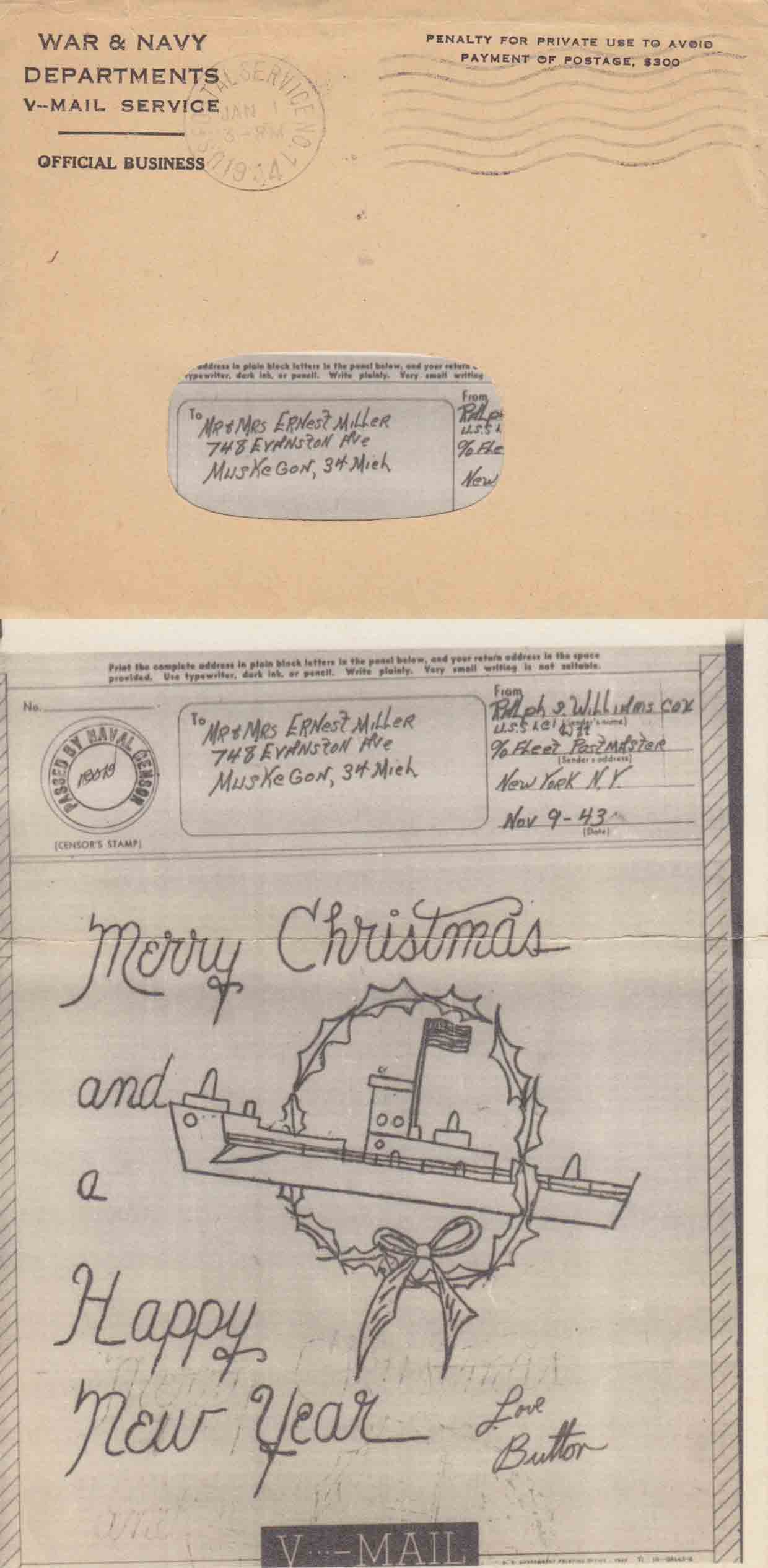

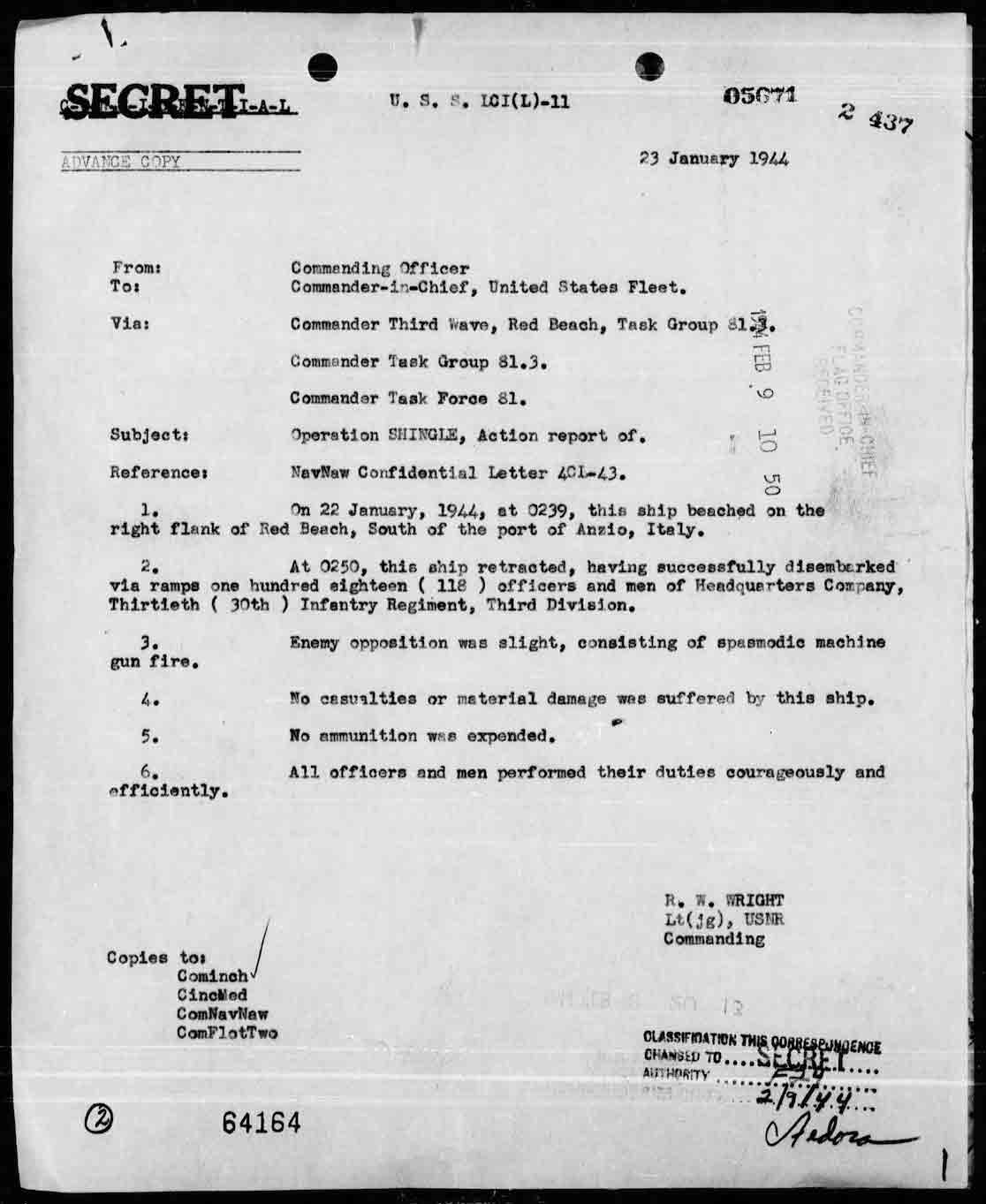
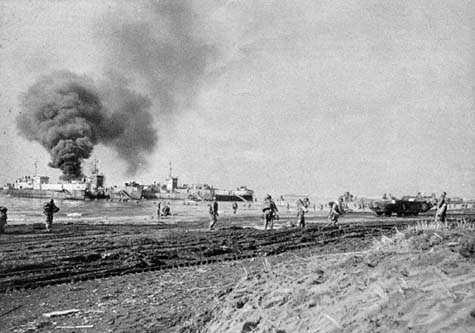

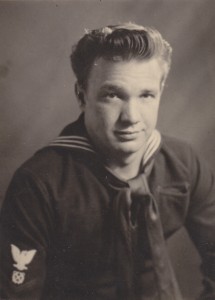
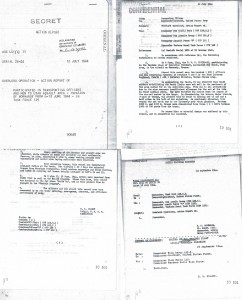
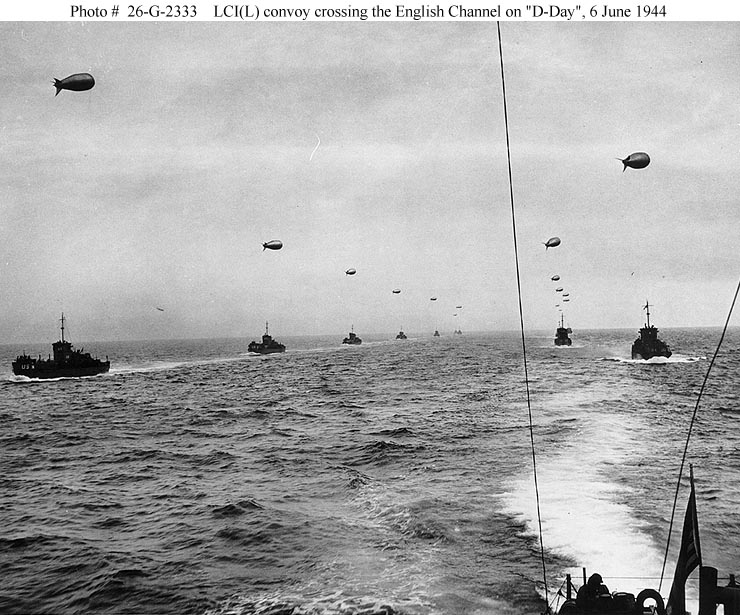
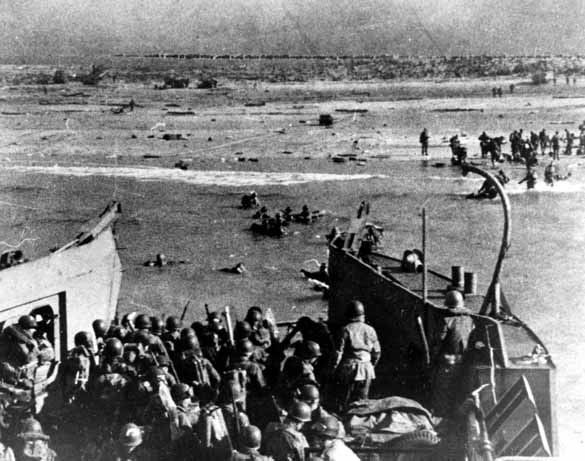

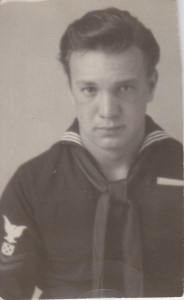

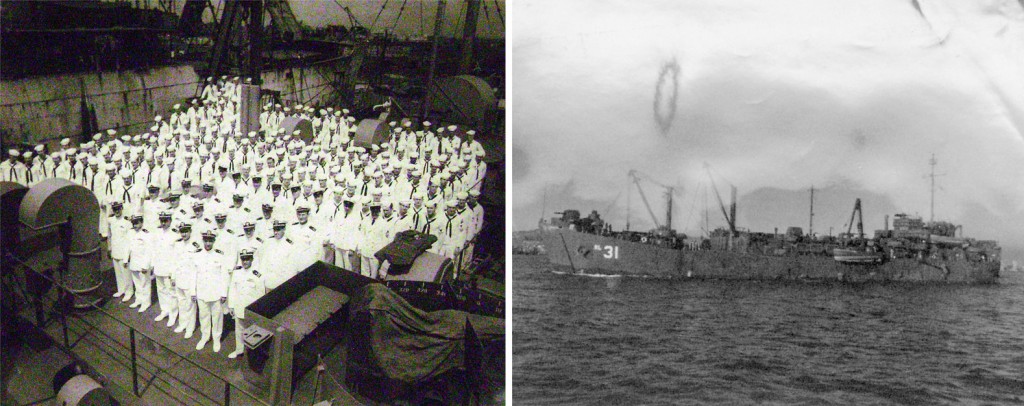

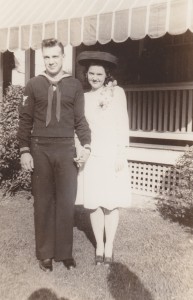

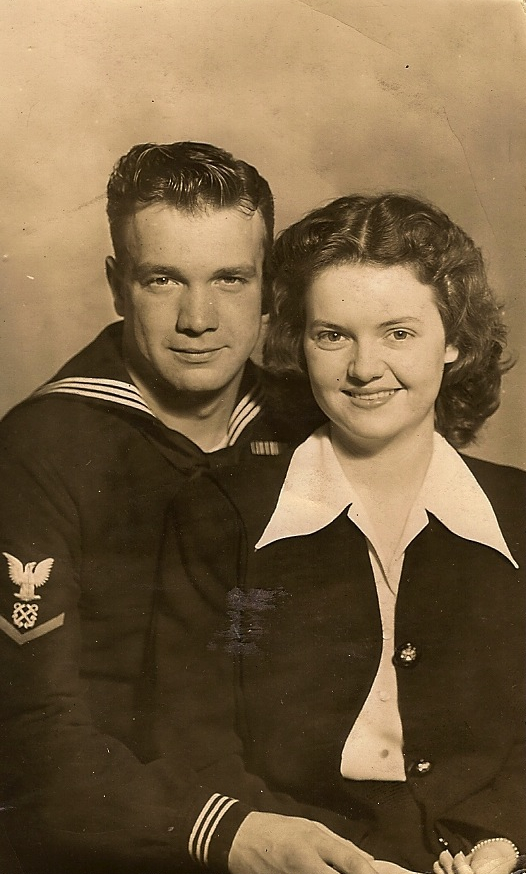
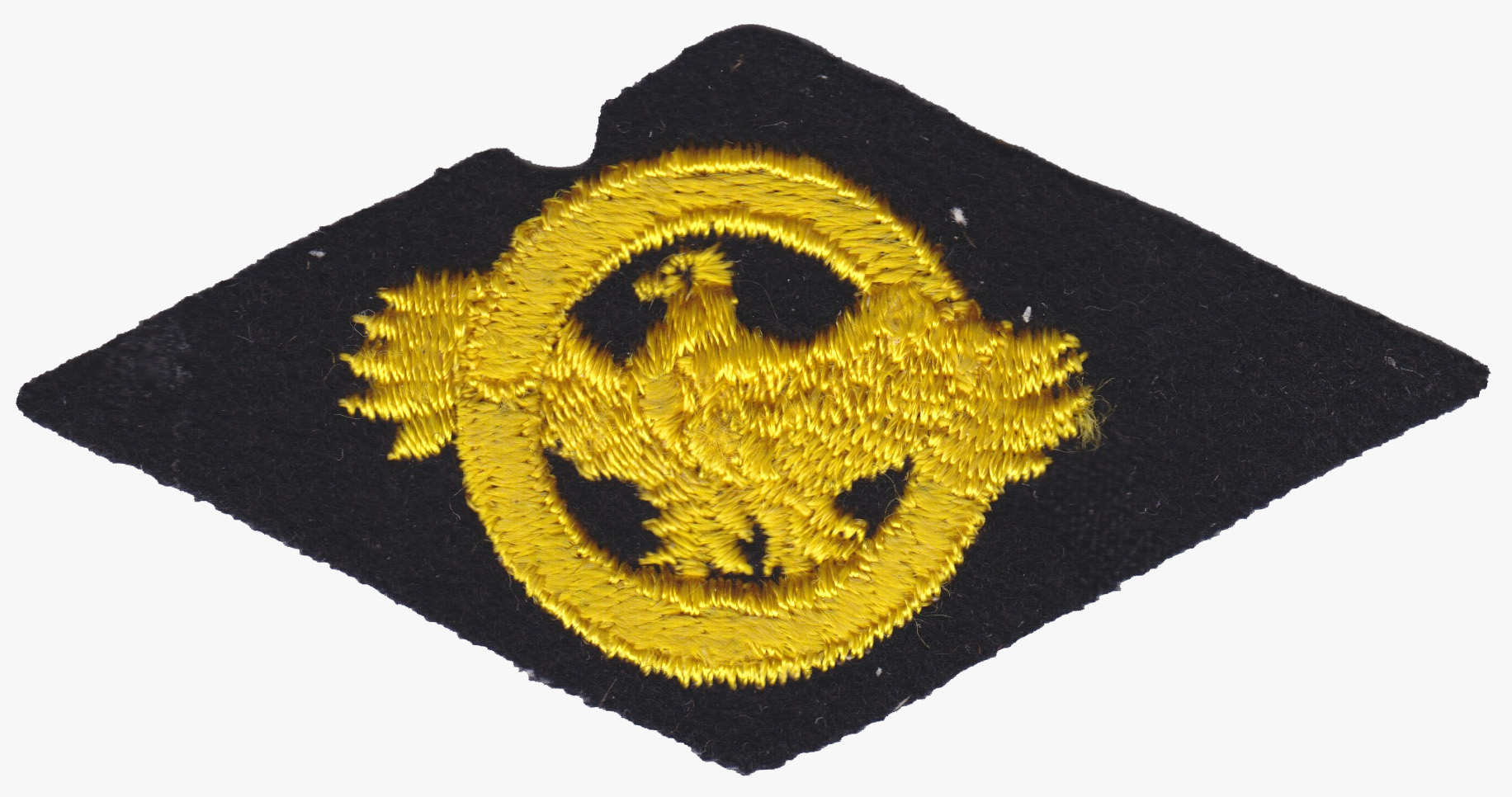
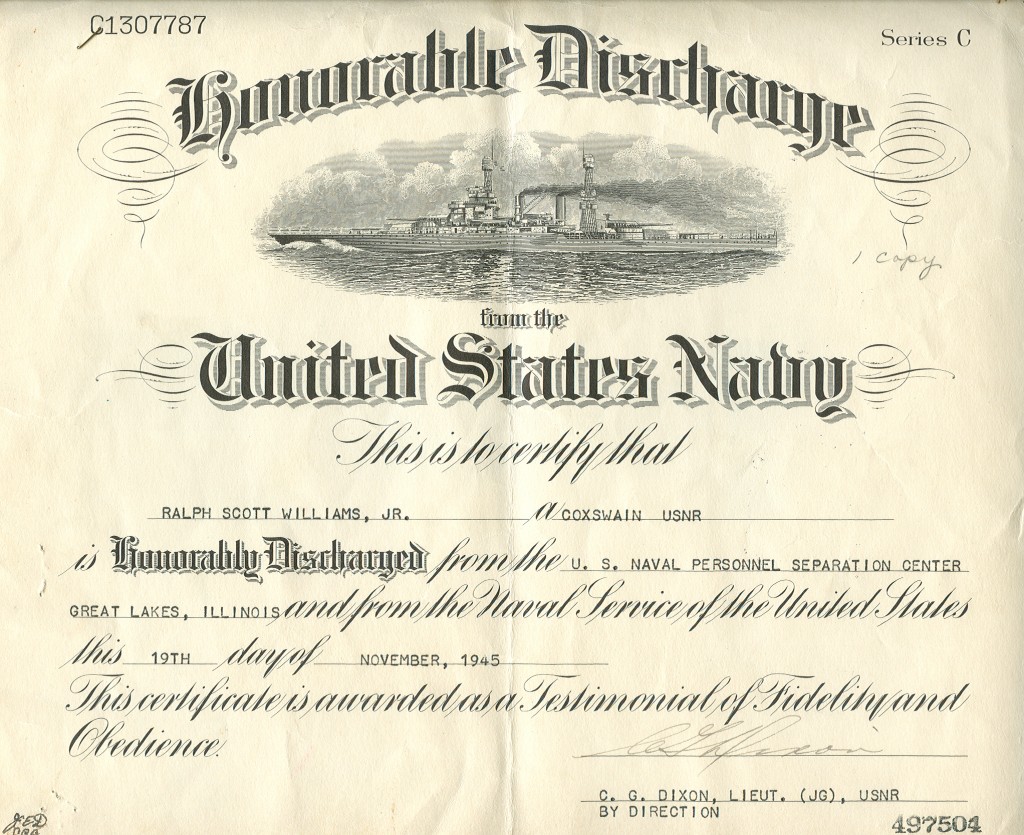
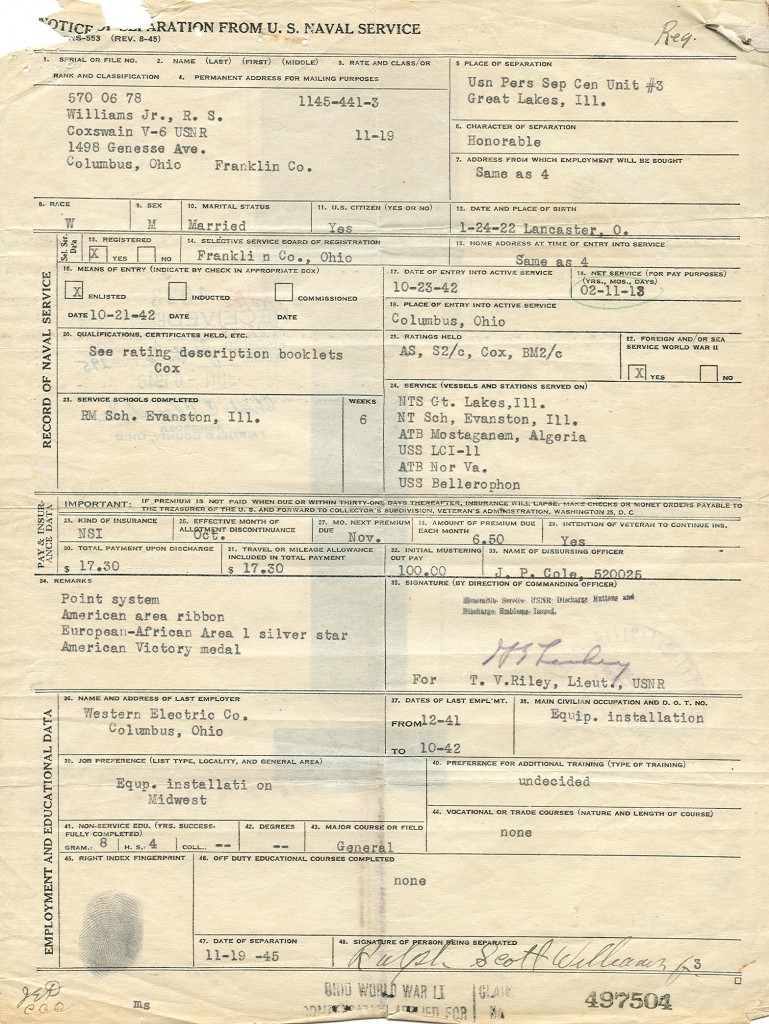
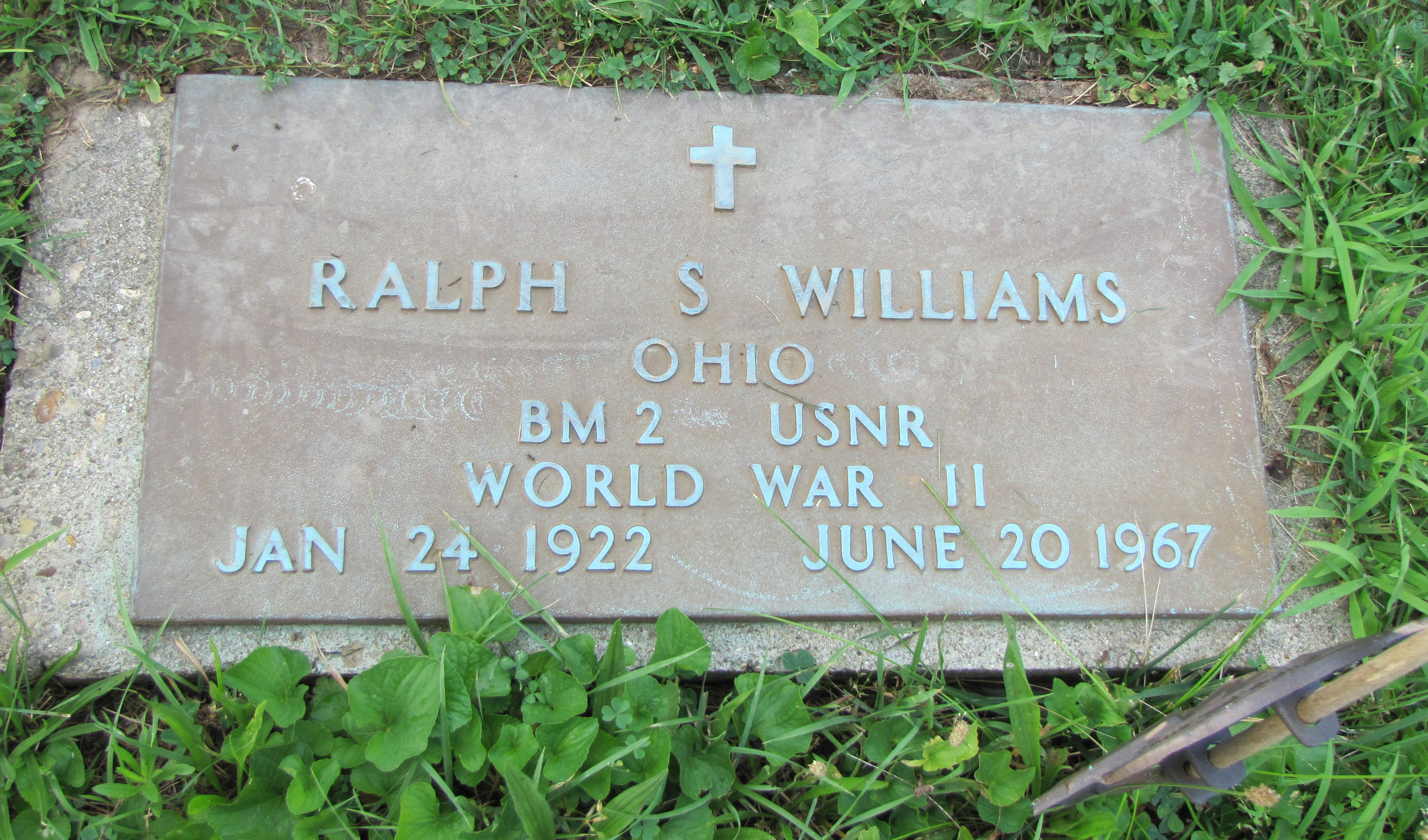
VERY impressive!
Wow, Brian, this is an amazing amount of research. I want to do this for my guys also. You set a great example!!
@Barb Waits Thank you for the kind words. It has been a lot of fun and very interesting!
@Chris Davis Thank you! We’ve come so far from where we started 🙂
It’s absolutely amazing the amount of information you’ve gotten. I just wish my Dad was still alive to see some of this, he’d be really impressed, and so am I.
@Sue Knapp Riley Thanks for the kind words, Sue. It has been a lot of fun researching all of this. The most rewarding part is finding family of these brave men to share it with! I too wish they were all still alive. I’d love to hear all of their stories.
What an impressive amount of information you have brought together. This is the kind of heritage to leave your family. They will greatly appreciate it. It is typical of WWII vets to play down their part in the war. As you have demonstrated your grandfather saw plenty of action. Luckily he came out uninjured. Keep up the good work.
@Paul Hang Thanks for the compliment, Paul. I really appreciate you taking the time to check out the website.
Hi there.
I just came across your blog while researching my own father’s path during WW2.
It really is fascinating reading and I’m impressed with how much detail you have about your Grandfathers service, the great photos and other artifacts.
I’m nowhere near the stage you’re at but my father’s path crossed with your Grandfather’s at times during certain stages of Operations, Husky, Avalanche and Overlord. (On the British Battleship HMS Nelson). It also happens to be 68 years tomorrow since he found himself swimming for his life after his first ship, HMS Manchester, was sunk off the coast of Tunisia during Operation Pedestal.
I’m sure if they are looking down on us they would be gratified to know that we are interested all these years later. In spite of their reluctance to talk about those experiences during their own lifetimes.
@Mary T Thank you for the kind words. It has taken a long time to gather all of the info and other items, but has been a great experience. Interesting info about your father’s service aboard the HMS Manchester and HMS Nelson. I think some Americans take for granted the massive role that British, Canadian, and other forces played in those campaigns. Good luck with your research!
My dad was in the same type of boat and in the same area. His boat was LCI # 75. He was at operation Torch in N. Africa, the Sicilian operations, Anzio, Salerno, and Normandy; landing the British at Gold Beach, but had duties up and down the whole landing area for several days. Their boat was turned over to the British. He was eventually sent to Pearl, as they used the same types of boats for Pacific landings, but was only there a few weeks before his hitch was up. Dad was a signalman, and a First Class Petty Officer. Dad passed away at 89 this year in August, and would have made 90 if he could have held on another month. He talked little about his experiences in WW II until much later in life. I did get some of it down on paper, and have all his patches, medals, citations, and campaign ribbons. He also has a pretty good scrap book that he’s had forever…it’s falling apart but is full of good information and some pictures. I’m going to neaten this all up some day soon, with a model of his ship, to put on display. I’m very proud of his service record. You did a very good job here on your dad.
@Greg Bierck Thanks for the info, Greg. I really appreciate you taking the time to visit my blog and share your father’s experiences during World War II. He sounds like a good man and a hero. Take care!
This is incredible Brian! My Grandfather (WWII Veteran) just passed away earlier this year and I would love to do a website like this for him. I have been working with the National Archives and just received the information they possess (which is only a few pieces due to the National Archives fire of 1973 which destroyed roughly 70% of their information). Where would you suggest looking for additional information and data to accompany what I already have? Any leads or routes you took would be greatly appreciated.
Thanks ~
@Jason T Thanks for the compliment and for visiting the site. If you know what unit your grandfather served with, you can look for the action reports and other documents about that unit. Check fold3.com (some free, membership needed for most records) and the Combined Arms Digital Research Library (http://cgsc.cdmhost.com/cdm/) for these records. Also view the following brochure from the NARA on WWII research: http://www.archives.gov/research/military/ww2/ww2-participation.pdf. Carefully study all photographs, letters, medals, etc. that your grandfather had from the war to give insight into his service. Other family members may also have a lot of information that could be useful. Good luck!
Brian, I really enjoyed your site and wanted to tell you what a good job I think you did. Two years ago I did pretty much the same thing with my father. He served in LCI’s in the Pacific during WWII and died in 1965. I had very little data to go on but managed to get a fairly complete record of his naval service. I put all my findings on a CD and sent them to family members as a Christmas gift. I don’t have the know how to do a website.
Great stuff and I enjoyed the read.
There is a USS LCI National Association in existence and they helped me a great deal.
@Mike Lawson Thanks for the kind words, Mike. I’m sure that your family appreciated all of your efforts in researching your father’s service. The USS LCI National Association has helped me as well. Take care!
Brian just stumbled on to your web site regarding LCI #11 and your grandfather. My dad was also in Flotilla #2 aboard LCI#9. He was in all five invasions from N. Africa, Sicily, Salerno, Anzio to D-Day. He landed on Queen Beach, Quistreham, France Force S, Assault Group Two, Group 13, Sword Beach on D-day. He was awarded a medal from city of Herman Sur Mur France last year for helping stop the advancement of Hitler’s 24th Panzer Div. on the town. I had been corresponding with a gentleman, Colin Henderson, who made a movie on the landing of Sword Beach. He lives in Paris and drives to the same location on the beach today where my dad’s LCI landed. He remembers the cargo ship exploding in the harbor at Sicily. My dad is still alive and just had his 88th birthday last month. If you go the Naval website and pull up the amphibious boats click on LCI#9. I have 21 pictures including combat pictures from Anzio, Sword Beach. My date was in the same naval school as your grandfather in Illinois. My dad said the flat bottom vessel was not made for ocean going travel and was rough to ride on. He departed from England at the same time as LCI#11. Some of his photos are posted in a museum in France in a german coast bunker. Your should also list your grandfather on the honor roll call at the Eisenhower Memorial in Abilene, KS. We live in Kansas. Would like to build a website of my dad and not sure how to do it, can you help or give advise on how?
Tim
Fantastic site–thank you for posting all of this great info with all of the interesting details. Your grandfather was truly one of “the Greatest Generation,” to whom we owe so much!
Lots of great info. I see that my Dad did serve with your grandfather on the USS Bellerophon ARL-31 in 1945. My father is still living so let me know if there are others out there. I have some of his photos posted on Ancestry.
http://trees.ancestry.com/view/Military.aspx?tid=13766217&pid=-14254992&vid=b3e0e0e9-b73a-4f77-b7fc-fc987371021b
@Diana S Diana, thank you so much for visiting my blog and posting your comment. The photos on Ancestry.com are awesome! Thank you for sharing them.
Great website!
My Father, Richard, was the commanding officer of LCI(L) US-13 (also of Flotilla 2). An interesting sidebar: I always wondered why there was a photo among my dad’s war PICs of the 13 at Normandy (Sword) painted white with a red band around the conn, red I.D. numbers and a serpentine blue/grey shape on the hull. This always seemed odd to me since photos of most other LCIs at other landing beaches during Operation Neptune seem to show them painted the more standard “haze grey”, just as the 13 had been in all previous operations.
I’ve come to the conclusion that the reason for this difference may have been due to the fact that the LCI’s which landed at Sword Beach were carrying British, rather than American troops. The odd color scheme described above appears to be a form of “dazzle” camouflage which the Royal Navy started using around 1918, as far as I can determine. The idea behind “dazzle” camouflage (unlike other forms of camouflage) was not so much to hide the ship but, rather, to break up its visual silhouette, thereby rendering identification, speed estimation and ranging more difficult for enemy gunners. So my guess is that the LCIs that landed at Sword were more-or-less “attached” to the Royal Navy (in as much as they were carrying British troops) and so were ordered to adopt the Royal Navy color scheme. If anybody else can either validate or debunk my theory, I’d love to hear what you know.
Unfortunately, I can’t ask my dad about this as he passed away in 1992.
Another question:
Brian: have you come across any official documents that list the Operation Neptune “code” numbers (3-digit, I think) assigned to the ten, USN, LCI(L)s that landed British troops at Sword Beach? These numbers were painted on the red band on the conn, above the USN ship number.
Great research and a great tribute to your grandfather! John France, Vice President and Historian for the USS Landing Craft Infantry National Association.
@John Redell
Dad said after Omaha beach a bunch of the LCIs (his included) were turned over to the British. Teed him off.
@John France Thank you so much for your comment. It means a lot. I greatly appreciate all of the work that you and the USS LCI National Association do!
@Gary Clare Thanks for the kind words, Gary. I truly appreciate you taking the time to visit my website. Take care!
@John Redell I’m not sure my your father’s LCI had a different color scheme. I did notice that the Canadian LCIs were painted differently, so it may be due to the fact they were carrying British troops. The USS LCI National Association may have more info on this if you can contact them.
I have not come across any of the “code” numbers assigned to the LCI(L)s that landed at Sword Beach. My grandfather’s LCI landed at Utah, so those are the only documents I have. If I do come across anything, I’ll let you know. Thanks!
Hello again, I have published the book I just wrote on the LCI 75 and it’s called A Boy, A Girl, and the LCI 75. It’s available at http://www.buybooksontheweb for $10.00 plus shipping and handling. It’s about dad’s naval experiences in the LCI 75 during WWII, most of the major Med. landings, as well as D-Day on Gold beach. It also concerns how my mom and dad met and their romance through letters as included in the book. I have listed your web site on my acknowledgement page as a place to go to learn more about the LCI’s. See my note above from 12/28/11. Sorry this took so long, but I just retired and it was first on the bucket list!
In the series Victory at Sea, the first story approximately 6 minutes in, there is shown 2 short shots of an LCI struggling in high seas. It’s hard to read the number. Does anyone know? It appears to be two numbers. There is a brief signal light from this LCI. I was wondering if it was the 75 and my dad was on the light. Is there any way to sharpen this image? I figure there is a 1 in 90 chance that it’s the 75. Anyone?
Hi I was looking for Fort Ben Harrison site..my father was there from 1936-1939 (or 38) anyway I was wondering if thee are any pictures on the site for those years..Some of these are so small I can’t see them..I have his service album and the names he wrote in, I have looked up and found some them and their memorials on Findagrave..Just wondering if you are still out here..I also have some pics from the above years..There are certificates of red, white and etc..Thank you for any help..
Great job, my dad was in Flotilla 2 also, his ship was LCI(L) – 3. I know his ship crossed path with your dad’s in Anzio, how did you get all this information? I found only tidbits on Ancestry and Fold3. 😉
Dear Sir,
I am very moved by your work. My father Bradley BIgelow was on the SAME LCI as your grandfather! I am putting together a book of his papers and found the crew list.
My father has a very similar military path as your grandfather. He never talked of the war, married a French women and I now find his papers, after his death. He did the two landings Anzio and Normany too.
Would love to share more.
Claire Bigelow Nalley NYC